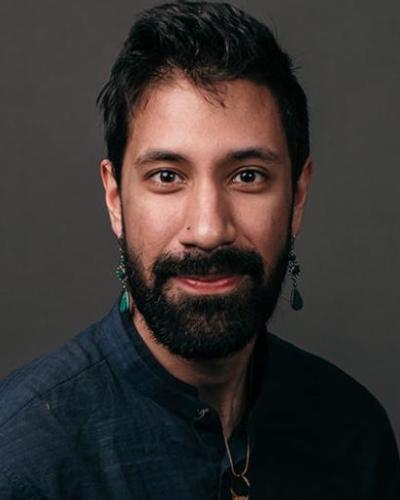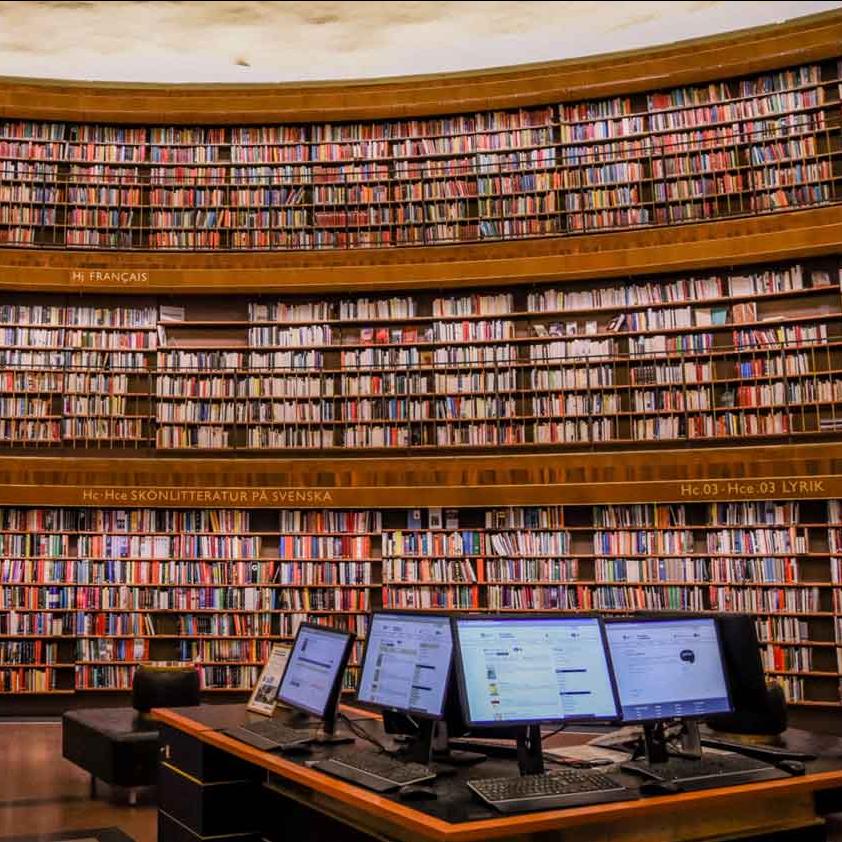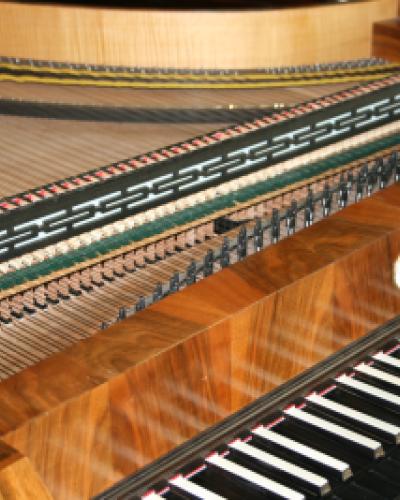The Cornell Center for Historical Keyboards is welcoming pianists from Eastman and Ithaca College to experience "what a piano can be" at the Piano Parloar at 726 University Ave. On October 19, five young pianists from the studio of Alvin Chow at Eastman joined professor emeritus Malcolm Bilson for a hands-on introduction to the instruments. Prof. Bilson demonstrated the instruments in comparison, and each student had the opportunity to play the same piece on several different instruments. Students were encouraged to attune their ears and hands to what musical possibilities each instrument suggest, what interpretive approaches were possible or impossible on each instrument, and even whether ideas gleaned from one instrument might bear fruit on another. The wide range of pianos, representing practically every decade of piano building from 1780 to the present, is at the heart of what the Center has to offer both students and teachers. Said Bilson, "The Center really provides a vision of what pianos can be — very different from a simple side-by-side demonstration of a Walter-vs-Steinway I have done so often." On November 6, Ithaca College students will enjoy a similar experience in the Piano Parlor as part of the college's annual Arts Intensive Week. With regular studio classes and lessons canceled for a week, IC students have the opportunity to explore new and varied topics in intensive, one-off workshops. One of the workshops on offer is on "Historical Keyboarding" at CCHK, where Bilson will be joined by Professor Roger Moseley. Jean Radice, professor of organ and harpsichord at Ithaca College, is delighted to see the upcoming arts intensive class at Cornell. "My long-desired dream of closer collaboration between IC keyboardists who have been smitten by the historical keyboard is about to become a reality!" As well as bridging campuses across gorges, the Center also promises to bridge the worlds of "early music keyboarding" (the world of the harpsichord, organ, and clavichord) with the world of modern concert pianist. These worlds, once kept separated by the design of conservatory curricula and recording industry marketing, are more and more interpenetrated by the same musicians, and students coming up in conservatory now are increasingly free to move between them: tribal boundaries are disappearing, and in the former borderlands new music-making possibilities are being discovered. "I will live off this high for several days at least!" exclaimed one session participant.





